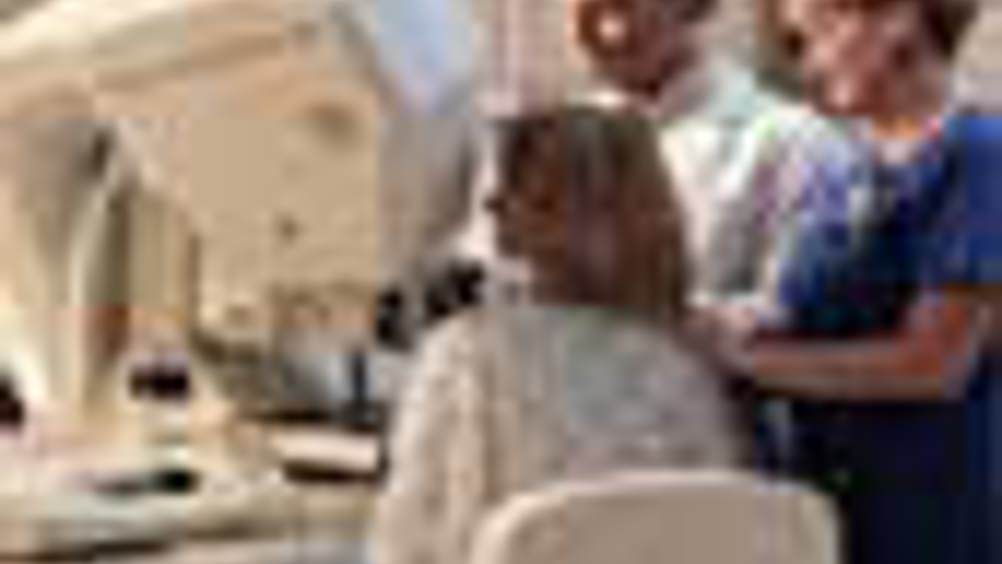Mammogram missile

The
At the seventh annual Space and Missile Defense Conference, held on August 18 in
Using the technique, Shriver believes surgeons will be able to see how big and what shape a cancer is, and use that information to improve planning for breast cancer surgery.
"We have developed the detection and discrimination algorithms, but we still have to test them on many mammograms," said Pete Kirkland, a senior research scientist with the
Kirkland said the team is working three specific tasks: using imaging devices to distinguish between cancerous and noncancerous anomalies; using 2D gel protein expression to determine early if a person might have cancer; and taking clinical and lifestyle data from Walter Reed and Vital Solutions in Huntsville to develop a ‘Response Surface Model’ to predict the probability of patients getting cancer.
Register now to continue reading
Thanks for visiting The Engineer. You’ve now reached your monthly limit of news stories. Register for free to unlock unlimited access to all of our news coverage, as well as premium content including opinion, in-depth features and special reports.
Benefits of registering
-
In-depth insights and coverage of key emerging trends
-
Unrestricted access to special reports throughout the year
-
Daily technology news delivered straight to your inbox










Fusion inches closer as ITER completes magnet system
I believe the purpose of ITER isn't to make usable power, it is a research project which will be used to design the first generation of actual...